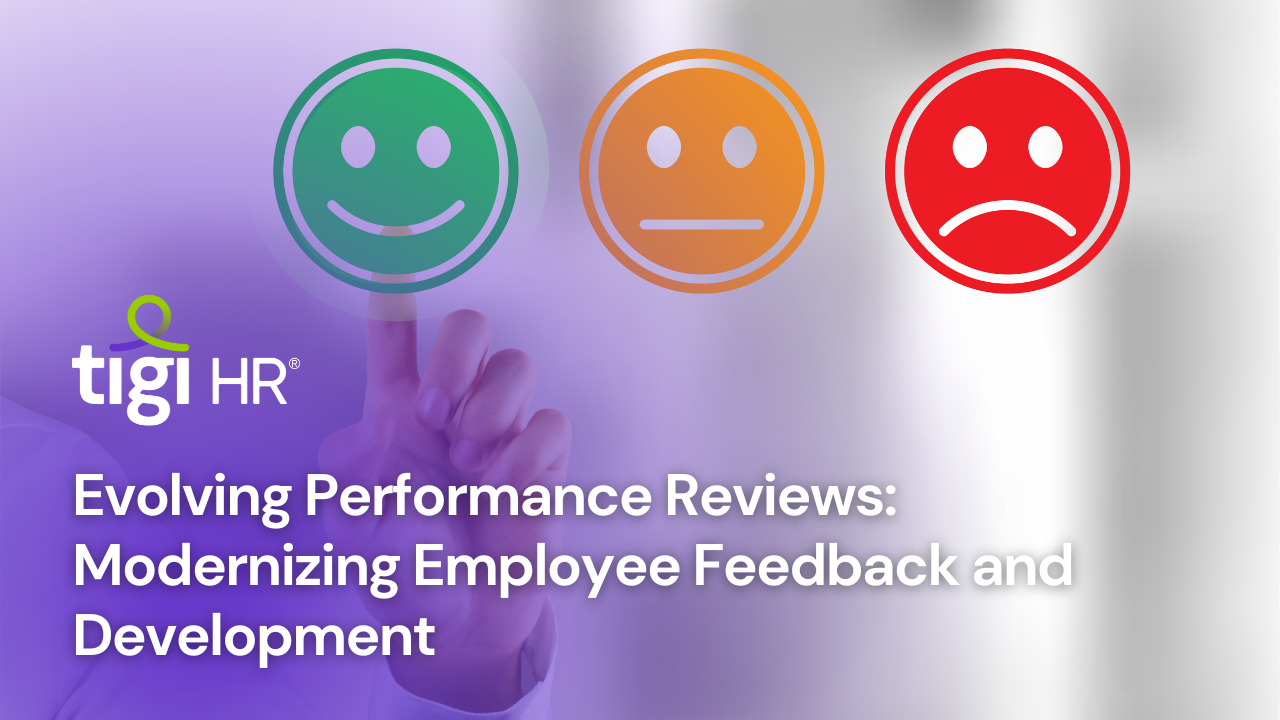Performance reviews, long considered an indispensable tool for employee evaluation and development, have evolved significantly in recent years. The traditional annual or biannual review, characterized by a one-size-fits-all approach, is giving way to more dynamic and continuous feedback processes. In this article, we will explore the changing landscape of the importance of modernizing feedback mechanisms, and how organizations can adapt to meet the needs of the modern workforce.
The Traditional Performance Review: A Legacy of the Past
Traditional performance reviews have a history dating back decades, rooted in the belief that periodic assessments are essential for tracking employee progress and making compensation decisions. However, this approach has faced criticism for several reasons:
- Lack of Timeliness: Annual or semi-annual reviews often result in feedback that is too late to address performance issues or capitalize on achievements.
- Bias and Subjectivity: Traditional reviews can be influenced by managers’ personal biases, leading to unfair evaluations.
- Stress and Anxiety: Employees often experience anxiety and stress in the lead-up to performance reviews, which can hinder their overall well-being and job satisfaction.
- Inflexibility: Traditional reviews typically follow a rigid format, leaving little room for customized feedback tailored to individual employees’ needs and aspirations.
- Disconnect from Goals: Traditional reviews may not align with the fast-paced, goal-oriented nature of modern workplaces.
Authentic Statistics and Insights:
To understand the need for modernizing performance reviews, consider these statistics and insights:
- According to a survey by Adobe, 88% of HR professionals believe that annual performance reviews are not effective.
- A Gallup poll found that only 14% of employees strongly agree that inspire them to improve.
- Deloitte reports that high-performing companies are 6 times more likely to use continuous feedback than lower-performing companies.
- A survey by Mercer found that 73% of employees believe they would be more successful in their roles if they received more feedback.
The Modernization of Performance Reviews: A Paradigm Shift
Recognizing the shortcomings of traditional performance reviews, organizations are shifting towards a more dynamic, agile, and employee-centric approach to feedback and development. Here are key elements of this paradigm shift:
1. Continuous Feedback:
Modern performance reviews emphasize continuous feedback, where managers and colleagues provide ongoing input and support. This real-time approach allows for timely recognition and correction of behaviors and outcomes.
2. Goal Alignment:
Performance discussions are increasingly centered around aligning individual goals with organizational objectives. Employees have a clearer understanding of how their work contributes to the company’s success.
3. Customized Development Plans:
Modern reviews prioritize individualized development plans tailored to each employee’s strengths and areas for improvement. This approach acknowledges that one size does not fit all.
4. Employee Self-Assessments:
Employees are encouraged to assess their own performance, fostering self-awareness and accountability. Self-assessments often serve as a starting point for performance discussions.
5. Frequent Check-Ins:
Regular one-on-one meetings between managers and employees replace the annual performance review. These check-ins offer a platform for goal tracking, feedback exchange, and career discussions.
6. Feedback Culture:
Creating a culture of open and honest feedback is integral to modern Performance. Employees are encouraged to give and receive feedback at all levels of the organization.
7. Technology Integration:
Technology plays a pivotal role in modernizing performance reviews. Many organizations use performance management software to streamline feedback processes and track progress.
Benefits of Modern Performance Reviews
The shift to modern offers several advantages for both employees and organizations:
- Improved Employee Engagement: Frequent feedback and goal alignment enhance employee engagement, motivation, and job satisfaction.
- Enhanced Development: Customized development plans help employees grow and progress in their careers.
- Reduced Bias: Continuous feedback minimizes the impact of bias in performance evaluations, promoting fairness and equity.
- Increased Agility: Organizations can adapt quickly to changing circumstances and priorities, aligning individual and company goals more effectively.
- Real-Time Problem Solving: Issues and challenges can be addressed promptly, preventing them from escalating.
Conclusion: Embracing the Future of Performance Reviews
As organizations adapt to the evolving nature of work, it is clear that traditional performance reviews are no longer sufficient. Modernizing feedback and development processes is not just a trend; it’s a strategic imperative in today’s competitive talent landscape.
The statistics and insights provided in this article emphasize the growing consensus among HR professionals, employees, and researchers that traditional performance reviews are due for a transformation. By embracing continuous feedback, goal alignment, customized development, and a culture of openness, organizations can navigate the changing landscape of performance reviews to foster a more engaged, motivated, and agile workforce. The future of performance reviews is here, and it’s a future that prioritizes the growth and development of every individual in the organization.
Also Check: Workplace Mental Health





